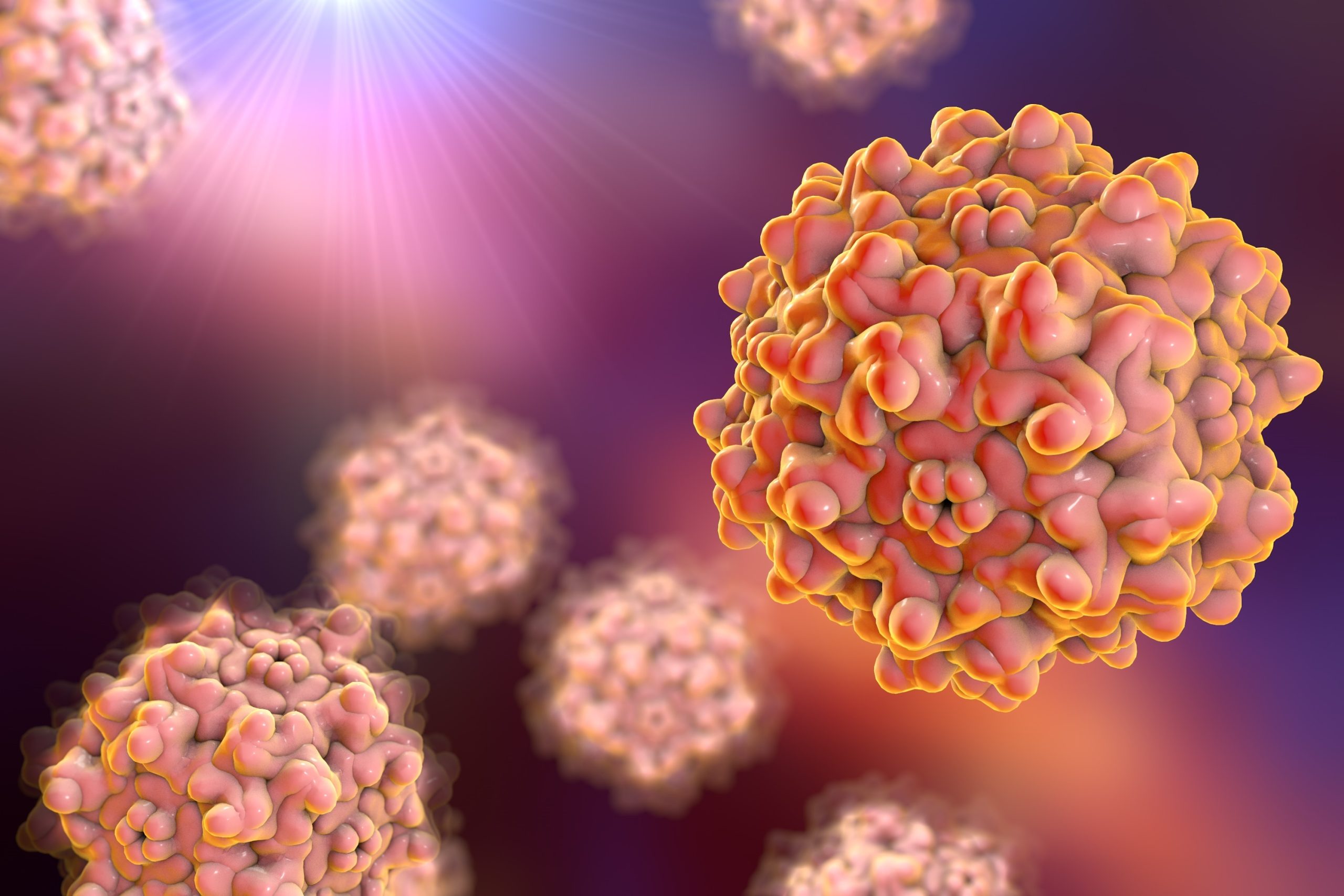The team led by Bejamine Deverman at the Broad Institute of MIT and Harvard published a research paper in the journal Science titled “An AAV capsid reprogrammed to bind human transferrin receptor mediates brain-wide gene delivery.” This study developed a novel AAV gene therapy delivery vector—BI-hTFR1—that effectively crosses the blood-brain barrier by binding to the human transferrin receptor (hTfR1), which is highly expressed in the human blood-brain barrier. When this AAV was injected into the blood of humanized mice expressing the human transferrin receptor (TfR1), the levels that entered the brain were 40-50 times higher than AAV9, which is U.S. Food and Drug Administration-approved for central nervous system gene therapy.

Since this AAV vector functions by binding to the well-studied TfR1 protein in the blood-brain barrier, it is likely to be effective in human patients as well, laying the foundation for more effective gene therapy for central nervous system diseases.
Professor Bejamine Deverman, the corresponding author of the paper, stated, “Since establishing the laboratory at the Broad Institute in 2018, our mission has been to provide gene therapy for the central nervous system. If this new AAV works in humans as it did in our mouse studies, it will be much more effective than existing AAV vectors.”
Over the years, researchers worldwide have developed extensive AAV libraries for specific applications and tested them in animals to identify optimal candidate AAVs. However, even if this method succeeds, the selected candidate AAVs often do not work in other species, and this approach does not provide information on how AAVs reach target tissues or cells, making it challenging to translate AAV-based gene therapies from animals to humans.
To find a delivery vehicle more likely to reach the human brain, the research team turned to another approach: screening AAV libraries for AAVs that bind to specific human proteins in vitro. They then tested the most promising candidates in cells and mice that were modified to express these proteins.
In this study, they targeted the human transferrin receptor (hTfR1), which is highly expressed in the human blood-brain barrier and has long been a target for antibody therapies aimed at reaching the brain. The research team screened and identified an AAV capsid named BI-hTfR1 that binds to hTfR1, allowing it to enter human brain cells and bypass the blood-brain barrier in human cell models.
Qin Huang, the first author of the paper, developed the screening method used in this study. She said that previous in vivo screening methods have been effective but have difficulty identifying AAVs that work well across different species. This study made significant progress by finding an AAV that binds to a specific human receptor.
Professor Bejamine Deverman leads the Vector Engineering team at the Broad Institute, which is dedicated to developing innovative gene delivery solutions for central nervous system (CNS) research, using protein engineering, high-throughput in vivo selection and screening methods, and machine learning to develop new AAV vectors. Previously, Bejamine Deverman and collaborators developed AAV-PHP.B and AAV-PHP.eB, which can cross the blood-brain barrier in mice and have been widely used in laboratories worldwide.
Dr. Qin Huang is a Research Scientist on the Vector Engineering team at the Broad Institute. She graduated with a bachelor’s degree from Wuhan University, earned her Ph.D. from the University of the Chinese Academy of Sciences, and completed postdoctoral research at the University of Iowa before joining the Broad Institute in 2018.
Next, the research team tested the effectiveness of this new AAV in vivo. They created a humanized mouse model in which the transferrin receptor was replaced with human TfR1 (hTfR1), and then injected this new AAV into the blood of adult humanized mice. The results showed that, compared to mice that do not express hTfR1, the levels of AAV in the brain and spinal cord of hTfR1-expressing humanized mice were significantly higher, indicating that hTfR1 actively transports AAV across the blood-brain barrier.
The accumulation level of this new AAV in the brains of humanized mice was 40-50 times higher than that of AAV9, the vector approved for treating spinal muscular atrophy (SMA) in infants, which has lower efficiency in delivering genes to the adult brain.
Furthermore, this new AAV vector reached a large proportion of important brain cell types, targeting 71% of neurons and 92% of astrocytes.
The research team then used this new AAV vector to deliver the human GBA1 gene, which mutates in several neurological disorders associated with Gaucher disease, Lewy body dementia, and Parkinson’s disease. The results showed that the number of GBA1 gene copies delivered by this new AAV was 30 times that of AAV9 and reached most cells throughout the brain.
The research team added that this new AAV vector could be a better treatment option for neurological disorders caused by single-gene mutations (e.g., Rett syndrome, SHANK3-deficient autism), lysosomal storage diseases like GBA1 deficiency, and neurodegenerative diseases such as Huntington’s disease, prion diseases, Friedreich’s ataxia, monogenic amyotrophic lateral sclerosis, and Parkinson’s disease.
What We Do
Creative Biolabs provides comprehensive viral vectors and cutting-edge viral vector technology for basic research and preclinical applications, including the design and construction of suitable viral vectors and small to large-scale production of viral vectors. Our custom viral vector production stands at the forefront of gene delivery system discovery, offering a varied range of vectors that are optimized to align your project specifics while ensuring high transduction efficiency, specificity, and safety.
• Lentivirus Vector
• Adenovirus Vector
• Adeno-Associated Virus Vector
• Herpes Simplex Virus Vector
• Vaccinia Viral Vector
• Baculovirus Vector
• Alphavirus Vector
• Flavivirus Vector
• Measles Virus Vector
• Foamy Virus Vector
• Hybrid Adenoviral Vector
• Helper-Dependent Adenoviral Vector
Reference
1. Huang, Qin, et al. “An AAV capsid reprogrammed to bind human Transferrin Receptor mediates brain-wide gene delivery.” Science 384.6701 (2024): 1220-1227.
